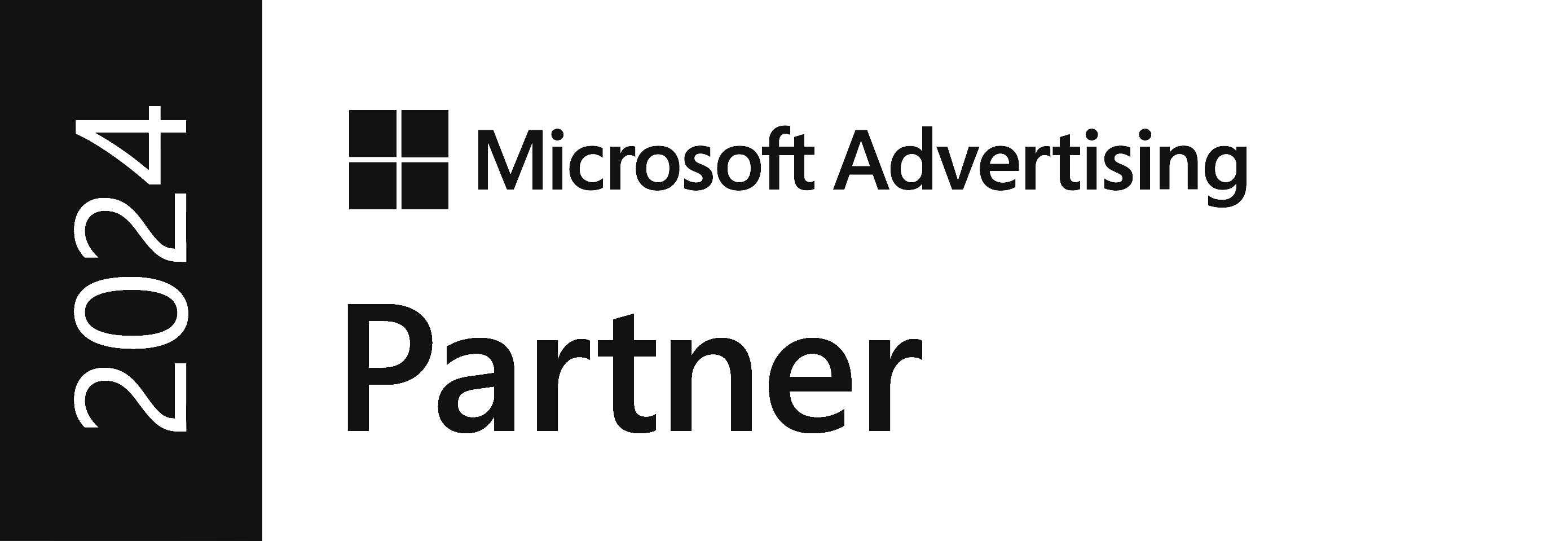In this article, I am looking at both sides of the coin: why AI is useful, how it’s stifling creativity, and how I personally find balance in using it.
Why it is useful
AI has changed the game when it comes to the how of social content creation. Used right, it can be a social media manager’s secret weapon:
- It’s brilliant for idea generation - the kind of rough draft spark that gives your brain something to bounce off.
- It can help you frame your thinking, rework ideas, or build content around a theme you are developing.
- It is fantastic for spelling, grammar and tone tweaks, when your brain is fried but the deadline looms.
- It can analyse data, summarise results and pull-out interesting angles so you don’t spend hours trawling through spreadsheets.
- It can automate repetitive tasks like repurposing captions or resizing copy for multiple platforms.
All of this frees up time for what we really want to be doing: thinking creatively, connecting with audiences and building campaigns with heart and purpose.
But is it damaging brands?
While AI is smart, social is emotional. We are starting to see the cracks:
- People are getting very good at spotting AI-written posts. The tone is off, robotic even, and all sounding too familiar (don’t get me started on the length of these posts either).
- Worth a mention here on AI-produced imagery, creating false stories and narratives, which can be incredibly harmful. It’s all becoming just noise.
- Brands are starting to lose their voice. We are all reading from the same AI script, and what used to make your posts feel “you” now feels like everyone else.
- Personalisation still struggles. There’s no memory of past campaigns or insider knowledge of your team culture, things that often make content resonate.
- Without human oversight, it is easy to let inaccuracies or tone misfires slip through. The kind of mistakes that damage trust.
The result? We are not necessarily getting smarter content, we are just getting more content - and people are starting to switch off.
Striking the balance – how I use AI as a Social Media Manager
As someone who works in social, I have found the last few months a bit straining. AI is so useful in my day-to-day work, but going on my own feeds? I’m bored and overwhelmed. If I’m switching off, no doubt others are too!
But I am not anti-AI. I have found a happy middle ground that works for me, and for the brands I manage.
Here’s what I recommend:
- Start with your own idea. Be clear on your purpose, tone and audience. Then use AI to get the cogs turning - not to replace your voice. For example I may ask “I want to do an Instagram carousel on ‘Social media is now a search engine – here is how to get your post at the top of search results.’ How can I structure it? These are my key points…”
- Treat AI like your assistant, not your creator. It’s there to speed things up, not to be the main storyteller. I often use it to check grammar, sense-check phrasing, or ask: “Does this sentence flow well?”, if I think something could be structured better.
- Over time, you can prompt AI tools to think more like you. Be stern with it though - remind it of your tone of voice, your phrasing preferences, or words you avoid. Eventually, it will be ticking the box more often.
- And crucially, edit with a human eye! If it sounds too polished, too wordy, too unlike you… it probably is (Chat GPT loves an em dash, just make sure it’s being used correctly). Take a moment to ask: “Does this sound like the business?”.
Social content is human. AI can help us deliver that at scale, but it should never come at the cost of creativity.
If you’re wondering how to use AI for social, or how to up your social media game, speak with our team today!
1st Floor, Alphin Brook House,
Alphin Brook Road,
Exeter EX2 8RG
MORE THAN
Digital
Marketing.
View our sustainability page.
PPC for B2B
PPC for Law Firms
PPC for Luxury Ecommerce Brands
PPC for Travel and Tourism
GEO Audit






